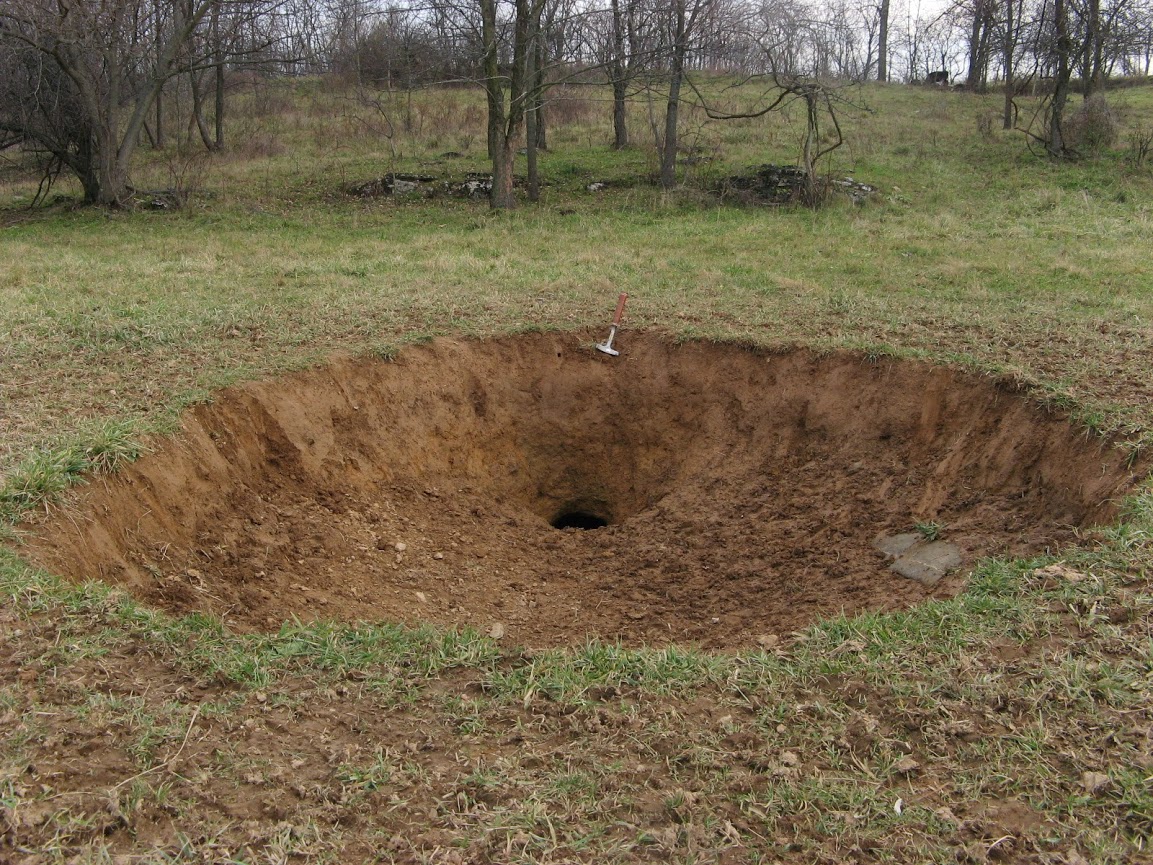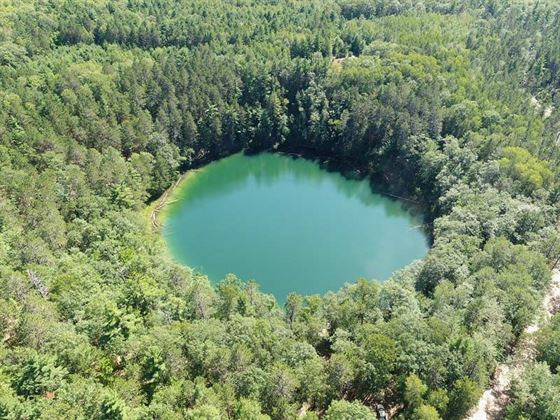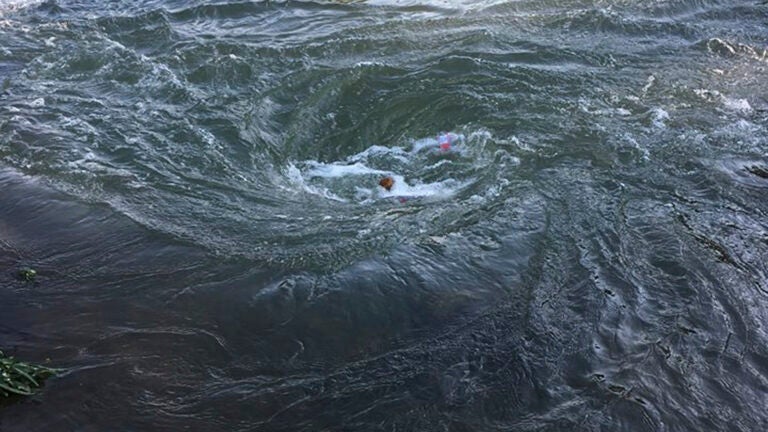Topic are sinkholes common: Exploring the intriguing world of sinkholes reveals their commonality and significance in shaping our landscape, offering a fascinating glimpse into the dynamic processes beneath our feet.
Table of Content
- Are sinkholes common in the United States?
- Formation of Sinkholes
- Impacts of Sinkholes
- Conclusion
- Introduction to Sinkholes
- YOUTUBE: Sinkholes in Southwest Florida
- How Sinkholes Form
- Regions Prone to Sinkholes
- Types of Sinkholes and Their Characteristics
- Environmental and Human Impacts
- Prevention, Management, and Mitigation Strategies
- Notable Sinkhole Events Around the World
- FAQs About Sinkholes
- Conclusion: The Importance of Understanding Sinkholes
Are sinkholes common in the United States?
Based on both research and geological factors, sinkholes are relatively common in the United States. Here are some key points to consider regarding the prevalence of sinkholes:
- Approximately 20% of the surface land in the United States is susceptible to sinkholes.
- Regions with karst terrain are particularly prone to sinkholes, as the types of rock beneath the land surface can naturally lead to their formation.
- States like Kentucky, Florida, and Alabama have experienced a significant amount of damage from sinkholes.
- Cover-collapse sinkholes, while deemed rare by some sources, can still pose a threat in certain areas.
Overall, while sinkholes may not be an everyday occurrence in every region of the country, their presence does indicate that they are relatively common geological phenomena in the United States.
READ MORE:
Formation of Sinkholes
Sinkholes form in karst terrains where soluble rocks such as limestone, carbonate rock, salt beds, or other types of rock are present below the surface. These rocks can be dissolved by groundwater, leading to the formation of underground spaces and caverns. Eventually, the land above these voids can collapse, creating a sinkhole.
Common Locations
Sinkholes are most common in areas with abundant soluble rocks. Florida, for example, is well known for its high frequency of sinkholes due to its geological composition.
Types of Sinkholes
- Solution Sinkholes: Formed by the dissolution of the rock surface.
- Collapse Sinkholes: Occur when an underground cavity becomes too large and the surface collapses.
- Subsidence Sinkholes: Develop slowly over time, with the gradual sinking of the surface.
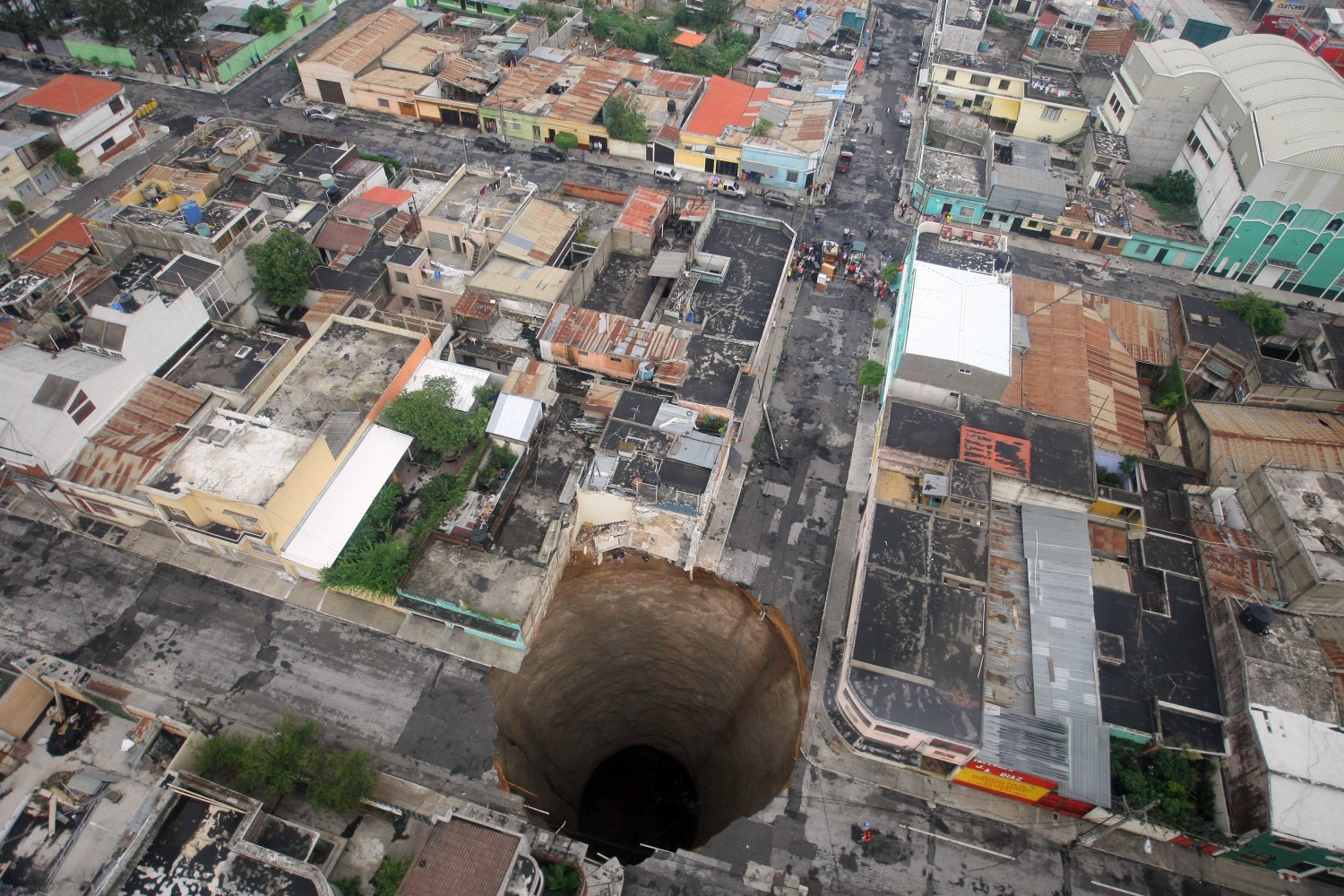
Impacts of Sinkholes
Sinkholes can have significant impacts on the environment and human structures. They can lead to the loss of surface water, damage to buildings, and even pose risks to human safety.
Prevention and Mitigation
While it is challenging to prevent the formation of sinkholes completely, understanding the underlying causes and monitoring susceptible areas can help mitigate the risks associated with sinkholes.
Conclusion
While sinkholes are a natural and common phenomenon in certain regions, awareness and preparedness can help minimize their potential negative effects on human activities and property.
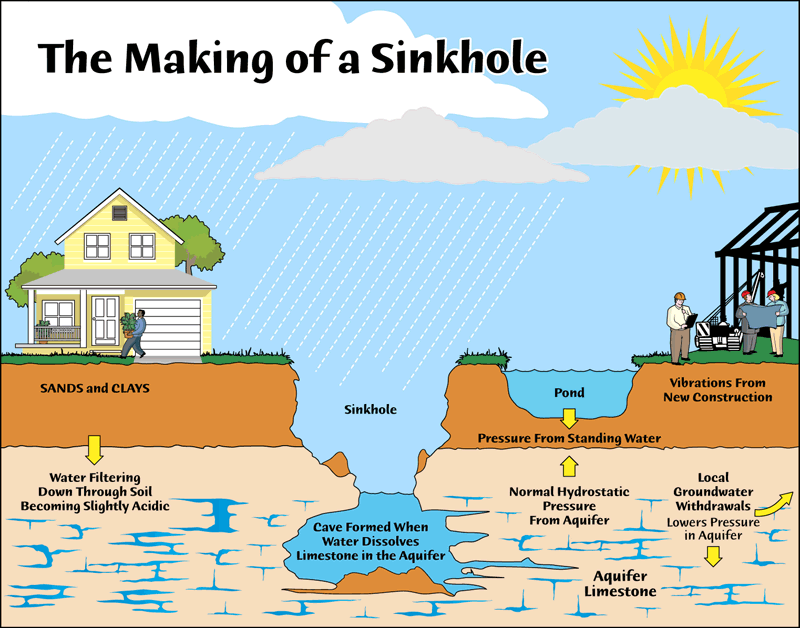
Introduction to Sinkholes
Sinkholes, natural depressions or holes in the Earth"s surface, occur where the rock below can be dissolved by groundwater. These geological phenomena can dramatically reshape the land, often without warning, creating both awe and concern.
- Sinkholes are most commonly found in areas with soluble rock types like limestone, carbonate rock, salt beds, and other rocks susceptible to dissolution by groundwater.
- The process of sinkhole formation involves the dissolution of these rocks, leading to the creation of underground voids. Over time, the land surface can collapse into these voids, forming a sinkhole.
- They are particularly prevalent in "karst terrain," regions known for their soluble rock foundation that can naturally be eroded away by groundwater.
- While sinkholes can appear suddenly, many form over time, gradually expanding as water erodes the rock below the surface.
Sinkholes can vary widely in size, from small depressions in the ground to large chasms capable of swallowing buildings. Their formation is influenced by natural processes like rainfall, which can accelerate the dissolution of the underlying rock, as well as human activities, such as excessive groundwater withdrawal and construction.
Understanding the occurrence and mechanics of sinkholes is crucial for mitigating risks in susceptible regions, highlighting the importance of geological surveys and land use planning in preventing damage to property and infrastructure.
Sinkholes in Southwest Florida
\"Explore the beauty of Southwest Florida in all its glory with stunning beaches, vibrant wildlife, and captivating sunsets. Discover the hidden gems and rich culture of this tropical paradise in our exclusive video. Come and immerse yourself in the magic of Southwest Florida!\" \"Delve into the fascinating world of sinkholes and uncover the mysteries beneath the Earth\'s surface in our captivating video. With stunning visuals and expert insights, you\'ll be mesmerized by the power and wonder of these natural phenomena. Join us on this incredible journey of exploration!\"
Sinkholes in Florida
Pasco is the top county prone to sinkholes. What causes them? Bobby Deskins explains.
How Sinkholes Form
Sinkholes are a natural phenomenon resulting from the dissolution of soluble rocks such as limestone, gypsum, and salt. These geological features form through a combination of natural processes and, occasionally, human activity.
- Water Erosion: Water, especially acidic rainwater, seeps into the ground, gradually dissolving the soluble rock beneath the surface, creating cavities and voids.
- Development of Underground Cavities: Over time, these cavities expand as more rock is dissolved. The size and shape of these cavities can vary significantly, depending on the volume of water and the rate of dissolution.
- Collapse: When the roof of a cavity becomes too thin to support the weight of the ground above, it collapses, creating a sinkhole. This process can occur gradually or suddenly, posing risks to structures and humans.
- Human Factors: Human activities such as drilling, mining, construction, and excessive water withdrawal can also contribute to the formation of sinkholes by altering natural water drainage patterns or by creating new pathways for water to dissolve the underlying rock.
Understanding the formation of sinkholes is crucial for predicting their occurrence and mitigating their impact in susceptible areas. While natural sinkholes are formed over thousands of years, human-induced sinkholes can develop much more rapidly, highlighting the importance of careful land and water management practices.

Regions Prone to Sinkholes
Sinkholes are not random occurrences but are more prevalent in certain regions known for their specific geological features. These areas, characterized by the type of rock that can be dissolved by groundwater, are known as karst terrains.
- United States: Florida is famously susceptible to sinkholes due to its limestone bedrock. Other areas in the U.S. with high sinkhole activity include Texas, Alabama, Missouri, Kentucky, Tennessee, and Pennsylvania.
- China: Large parts of South China are karst landscapes, making them vulnerable to sinkhole formations.
- Mexico: The Yucatan Peninsula is another notable region prone to sinkholes, or cenotes, which are natural pits or sinkholes resulting from the collapse of limestone bedrock that exposes groundwater underneath.
- Middle East: Countries like Jordan and Saudi Arabia have karst regions that are susceptible to sinkhole development.
These regions are characterized by soluble rocks such as limestone, gypsum, and salt beds, which are easily dissolved by natural processes, leading to the formation of cavities and voids. Over time, these voids can collapse, resulting in a sinkhole. Human activities, such as water withdrawal and construction, can exacerbate the frequency and magnitude of sinkholes in these areas.
Understanding the geological makeup of an area is crucial for assessing sinkhole risk, guiding both community planning and individual awareness to mitigate potential damages.
Types of Sinkholes and Their Characteristics
Sinkholes are fascinating geological formations that vary widely in how they appear and develop. They are primarily categorized into three main types based on their formation process.
- Dissolution Sinkholes: These form when rainwater, which becomes slightly acidic when it absorbs carbon dioxide from the atmosphere, dissolves the carbonate rock surface directly. This process can create a depression over time, gradually enlarging as the rock dissolves.
- Collapse Sinkholes: Collapse sinkholes occur when the roof of an underground cavern or void, created by the dissolution of the rock below, can no longer support the weight of the ground above it and collapses. These can form suddenly and are often more dramatic and dangerous.
- Subsidence Sinkholes: These develop slowly as soil trickles down into voids in the underlying rock, often where sediment covers the bedrock. Unlike collapse sinkholes, subsidence sinkholes do not typically have a dramatic collapse but rather form gradually over time.
Each type of sinkhole has unique characteristics and can vary in size from a few feet across to large enough to engulf entire buildings or blocks. Understanding these types helps in predicting their formation and mitigating potential risks in prone areas.
Environmental and Human Impacts
Sinkholes can have profound environmental and human impacts, affecting ecosystems, water quality, and human settlements. Their formation can lead to significant changes in the landscape, disrupt the natural flow of water, and create hazards for communities.
- Environmental Consequences: Sinkholes can disrupt surface water and groundwater flow, leading to loss of freshwater resources. They can also create new habitats for wildlife but may endanger species by destroying existing ones.
- Impact on Water Quality: The collapse of sinkholes can introduce pollutants into the groundwater systems, affecting the quality of water available for drinking, agriculture, and natural ecosystems.
- Human Settlements: Sinkholes pose significant risks to buildings, roads, and infrastructure, leading to property damage, economic losses, and in some cases, casualties. They necessitate costly repairs and can lead to the displacement of communities.
- Agricultural Impacts: In rural areas, sinkholes can affect land use and agricultural productivity by creating unpredictable and sometimes unusable land surfaces.
- Climate Change Considerations: There is growing concern that climate change, through increased rainfall and extreme weather events, could exacerbate the frequency and severity of sinkholes, highlighting the need for improved land use and water management practices.
Understanding the environmental and human impacts of sinkholes is crucial for developing strategies to mitigate their effects, such as careful planning of land use, monitoring of at-risk areas, and implementing sustainable water management practices.
Prevention, Management, and Mitigation Strategies
Effectively addressing the challenges posed by sinkholes involves a comprehensive approach that encompasses prevention, management, and mitigation strategies. These strategies are crucial for safeguarding communities, infrastructure, and natural resources in sinkhole-prone areas.
- Geological Surveys and Land Use Planning: Conducting detailed geological surveys before construction can help identify areas at risk of sinkholes. Land use planning and zoning regulations can then be tailored to minimize development in high-risk areas.
- Water Management Practices: Proper management of water resources, including the regulation of water withdrawal and the maintenance of natural water recharge areas, can reduce the risk of sinkhole formation due to groundwater depletion.
- Building and Construction Standards: Implementing building codes that require sinkhole risk assessments for new constructions and retrofitting existing structures can enhance resilience to sinkhole damage.
- Monitoring and Early Warning Systems: Developing monitoring systems that can detect early signs of sinkhole formation, such as ground subsidence, can provide valuable early warnings to residents and authorities.
- Public Awareness and Education: Educating communities about the risks of sinkholes and how to respond if one occurs can significantly reduce the human and economic toll of these events.
- Emergency Response and Recovery Plans: Establishing clear emergency response and recovery protocols can help communities quickly and effectively respond to sinkhole incidents, minimizing damage and facilitating rapid recovery.
By integrating these strategies into a comprehensive risk management framework, communities in sinkhole-prone regions can enhance their resilience and reduce the impact of sinkholes on their lives and livelihoods.

Notable Sinkhole Events Around the World
Sinkholes have fascinated and concerned people globally due to their dramatic appearances and potential impacts. Here are some of the most notable sinkhole events that have occurred around the world.
- The Great Blue Hole, Belize: A giant marine sinkhole, over 300 meters across and 124 meters deep, famous for its stunning clarity and rich marine life.
- Xiaozhai Tiankeng, China: The largest sinkhole in the world, also known as the Heavenly Pit, measuring over 600 meters in depth and 500 meters in diameter.
- Guatemala City Sinkholes: In 2007 and 2010, two massive sinkholes opened up in Guatemala City, swallowing entire buildings and causing fatalities.
- Bayou Corne Sinkhole, Louisiana, USA: Formed in 2012, it has since grown to over 25 acres, prompting evacuations and environmental concerns.
- Dead Sea Sinkholes, Israel and Jordan: Thousands of sinkholes have appeared around the Dead Sea, caused by the rapid decline in water levels.
These events highlight the powerful forces of nature involved in sinkhole formation and underscore the importance of geological and environmental awareness in managing and mitigating their impacts.
FAQs About Sinkholes
- What is a sinkhole? A sinkhole is a depression or hole in the Earth"s surface that forms when water dissolves underlying rock, creating a void that the surface collapses into.
- Where do sinkholes commonly occur? Sinkholes are most common in areas with karst terrain, where soluble rocks like limestone, gypsum, or salt beds are present.
- Can human activities cause sinkholes? Yes, activities such as excessive groundwater withdrawal, construction, mining, and drilling can trigger sinkhole formation.
- Are sinkholes dangerous? Sinkholes can pose significant risks to buildings, infrastructure, and safety, especially if they occur suddenly in populated areas.
- How can sinkholes be detected or predicted? Geological surveys, ground penetration radar, and monitoring changes in water levels can help in detecting potential sinkhole formation.
- What should I do if I find a sinkhole on my property? It"s important to keep away from the sinkhole and contact local authorities or geological experts to assess the situation and recommend actions.
- Can sinkholes be fixed or filled? Yes, smaller sinkholes can often be filled with specific materials, but larger ones require professional assessment and remediation.
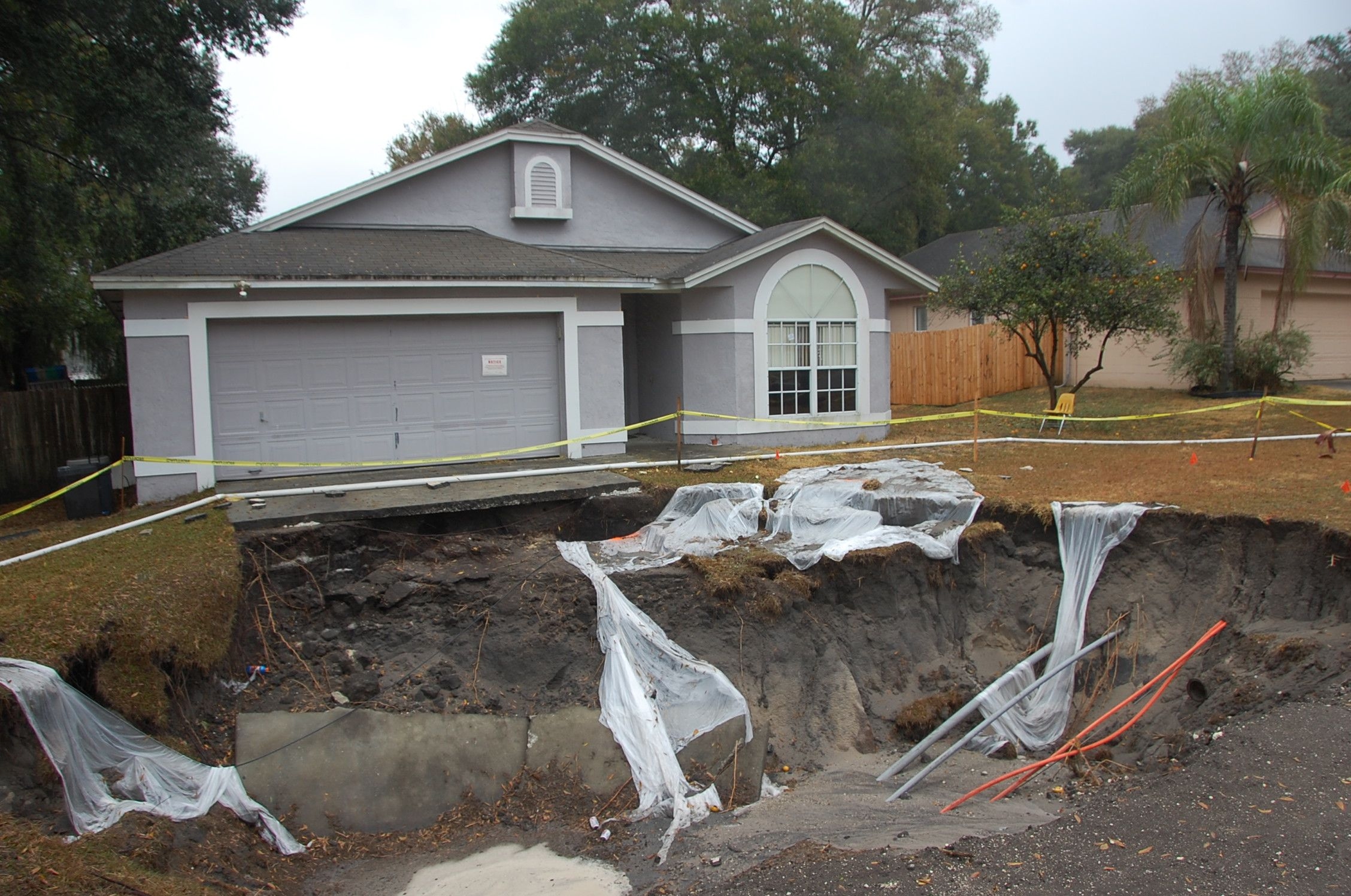
READ MORE:
Conclusion: The Importance of Understanding Sinkholes
Understanding sinkholes is crucial for mitigating their risks and managing their impacts on the environment and human settlements. Awareness of how and where sinkholes form can help communities prepare for and prevent damage. Effective land use planning, geological surveys, and water management strategies are essential in areas prone to sinkholes. By acknowledging the signs and contributing factors of sinkholes, individuals and authorities can take proactive steps to protect property and lives. Ultimately, knowledge and preparedness are key to living safely in harmony with this natural phenomenon.
Embracing the marvels and mysteries of sinkholes enhances our resilience and preparedness, transforming fear into fascination and safeguarding our communities against the unexpected whispers of the earth.

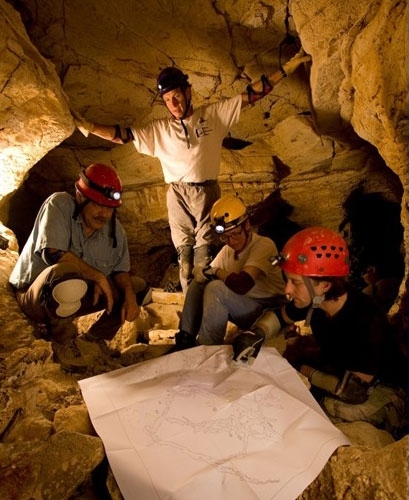
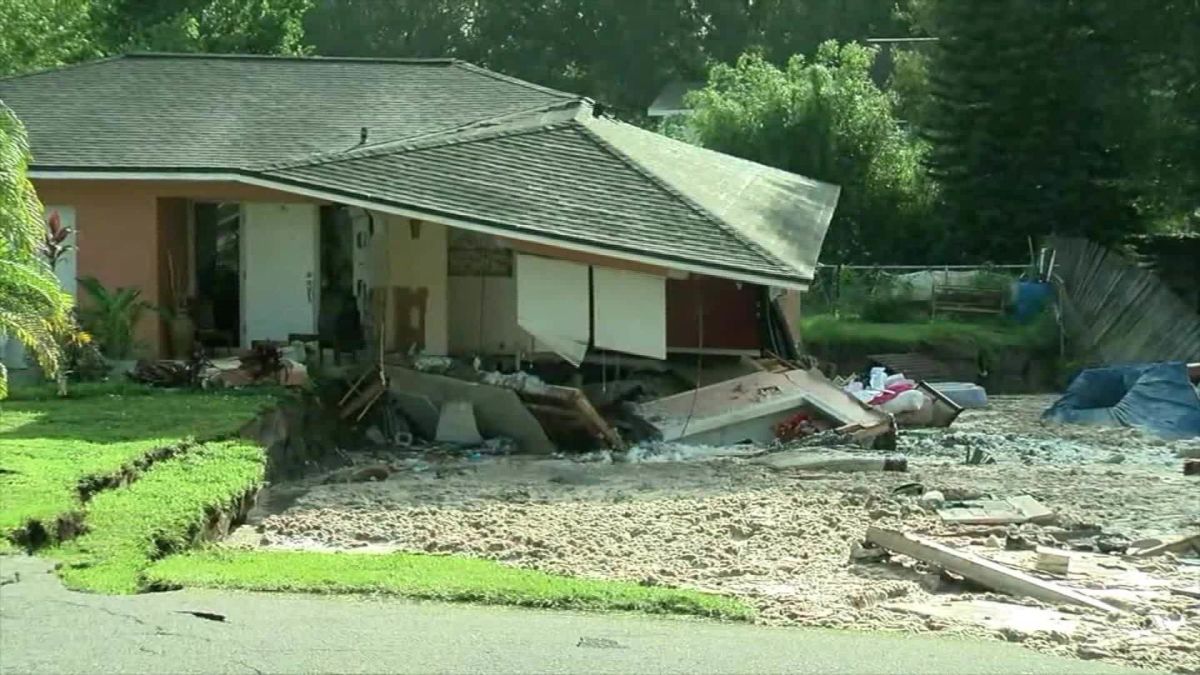
:max_bytes(150000):strip_icc()/__opt__aboutcom__coeus__resources__content_migration__mnn__images__2019__03__CenoteIkKilStairwellSwimmingHole-d99e791c5c2242f680c5b143c04fd056.jpg)

